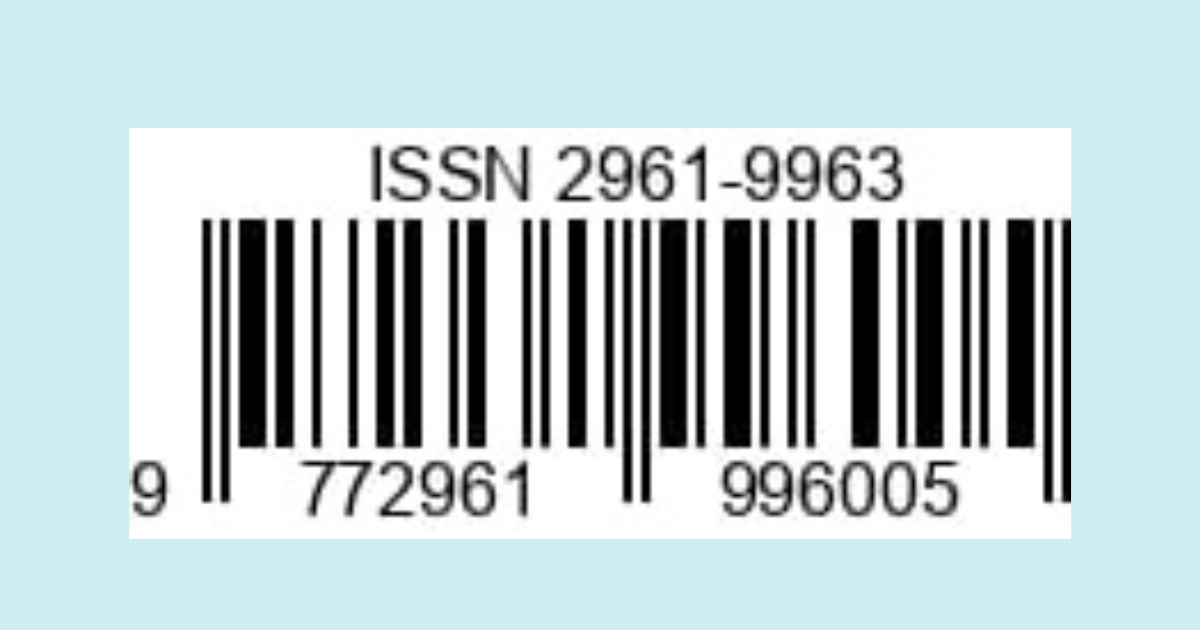Interaction and meaning in K-Pop interviews: A conversation analysis of NCT127 on the BUILD Talk Show
DOI:
https://doi.org/10.12928/tefl.v3i2.1111Keywords:
Conversation analysis, Communicative function, Intercultural communicationAbstract
Understanding conversation analysis (CA) in a K-pop interview setting offers valuable insights into how multilingual speakers manage turn-taking, negotiate meaning, and engage in structured dialogue within a media context. This study examines the interactional patterns in an interview between Kevan Kenney and the K-pop idol group NCT127 on the BUILD talk show. Using a Conversation Analysis (CA) approach, this research aims to identify the CA aspects that emerge during the interview and to explore their communicative functions. A qualitative approach, specifically a descriptive qualitative method, was employed to analyze the primary data, which consisted of a video interview and its conversational transcript. The findings reveal the presence of key CA elements, including opening conversation, adjacency pairs, preference organization, turn-taking, feedback, repair, and closing conversation. Additionally, six communicative functions—referential, emotive, conative, phatic, metalinguistic, and poetic—were identified. These results highlight the structured nature of conversation in media interviews and the role of language functions in shaping interaction, particularly in cross-cultural and multilingual settings. By analyzing this interaction, the study contributes to the broader field of discourse analysis, particularly in media and intercultural communication.
References
Andriyanto, F. E. (2013). Conversation analysis on the interview between news reporter of New York times and author on bestseller novels. Journal of Pragmatics, 7(3), 67-75.
Association, A. P. (2022). Manual de Publicaciones de la APA. Editorial El manual moderno.
Braun, V., & Clarke, V. (2006). Using thematic analysis in psychology. Qualitative research in psychology, 3(2), 77-101. https://doi.org/10.1191/1478088706qp063oa
Clift, R. (2016). Conversation analysis. Cambridge University Press. https://doi.org/10.1017/9781139022767
Denzin, N. K. (2018). The SAGE Handbook of Qualitative Research Fifth Edition. In: SAGE Publications, Inc.
Dippold, D. (2023). “Can I have the scan on Tuesday?” User repair in interaction with a task-oriented chatbot and the question of communication skills for AI. Journal of Pragmatics, 204, 21-32.
Flick, U. (2018). Designing Qualitative Research. SAGE. https://doi.org/10.4135/9781529622737
Gee, J. P. (2014). An introduction to discourse analysis: Theory and method. routledge.
Herald, K.-P. (2022). NCT127: The multilingual idol group. https://www.kpopherald.com/view.php?ud=example
Jakobson, R. (1960). Closing statement: Linguistics and poetics. Style in language, 350(377), 570-579.
Kong, R., & Su, T. (2014). An analysis of conversation structure in Ellen Show. Studies in Literature and Language, 9(2), 37.
Liddicoat, A. J. (2021). An introduction to conversation analysis. Bloomsbury Publishing.
Lincoln, Y. S., & Guba, E. G. (1985). Naturalistic inquiry. sage.
Loeb, L. (2015). The celebrity talk show: Norms and practices. Discourse, Context & Media, 10, 27-35. https://doi.org/10.1016/j.dcm.2015.05.009
Nugroho, A. (2014). A study of turn-taking used in interview TV program “Indonesia now exclusive Agnes Monica with Dalton Tanonaka” on Metro TV. Language Horizon: Journal of Language Studies, 2(2).
Paltridge, B. (2012). Discourse analysis: an introduction (2nd ed., Vol. 3). Bloomsbury Publishing. https://doi.org/10.5040/9781350934290
Saldaña, J. (2021). The coding manual for qualitative researchers.
Seedhouse, P. (2004). The interactional architecture of the language classroom: A conversation analysis perspective. Malden, MA: Blackwell. https://doi.org/10.1111/j.1467-9922.2004.00266.x
Series, B. (2023). BUILD Series. https://www.youtube.com/watch?v=example
Sert, O. (2015). Social interaction and L2 classroom discourse. Edinburgh University Press.
Sidnell, J. (2011). Conversation analysis. Oxford University Press New York. https://doi.org/10.1515/9780748692651
Sidnell, J., & Stivers, T. (2012). The handbook of conversation analysis. John Wiley & Sons.
Silverman, D. (2024). Interpreting qualitative data. https://doi.org/10.1002/9781118325001
Sitepu, E. Y. T., Hanafiah, R., & Zein, T. T. (2020). A Conversation Analysis on Interview with Prime Minister Julia Gillard in Sky News Australia Channel. Journal of English Language Teaching and Linguistics, 5(3), 441-455. https://doi.org/10.21462/jeltl.v5i3.469
Tampubolon, T. (2019). A conversation analysis of adjacency pairs in the Ellen DeGeneres’s Talk Show with Malala Yousafzai. Journal of Language Learning and Research (JOLLAR), 3(1), 24-40. https://doi.org/10.22236/jollar.v2i1.3492
Tribus, A. C. (2017). The communicative functions of language: an exploration of Roman Jakobson’s theory in TESOL.
Walsh, S. (2011). Exploring classroom discourse: Language in action. Routledge. https://doi.org/10.4324/9780203827826
Waring, H. Z. (2015). Theorizing pedagogical interaction: Insights from conversation analysis. Routledge. https://doi.org/10.4324/9781315751351
Wong, J., & Waring, H. Z. (2020). Conversation analysis and second language pedagogy: A guide for ESL/EFL teachers. Routledge. https://doi.org/10.4324/9780429488023
Zein, T. T., Silalahi, R. B., & Yusuf, M. (2021). A conversation analysis on the interview between Agnez Monica and host in “build talk show”. World Journal of English Language, 11(2). https://doi.org/10.5430/wjel.v11n2p52
Downloads
Published
How to Cite
Issue
Section
License
Authors who publish in TEFL Journal agree to the following terms: Authors retain copyright and grant the TEFL Journal right of first publication with the work simultaneously licensed under a Creative Commons Attribution License (CC BY-SA 4.0) that allows others to share (copy and redistribute the material in any medium or format) and adapt (remix, transform, and build upon the material) the work for any purpose, even commercially with an acknowledgement of the work's authorship and initial publication in TEFL Journal. Authors are able to enter into separate, additional contractual arrangements for the non-exclusive distribution of the journal's published version of the work (e.g., post it to an institutional repository or publish it in a book), with an acknowledgement of its initial publication in TEFL Journal. Authors are permitted and encouraged to post their work online (e.g., in institutional repositories or on their website) prior to and during the submission process, as it can lead to productive exchanges, as well as earlier and greater citation of published work (See The Effect of Open Access).




